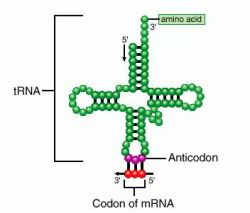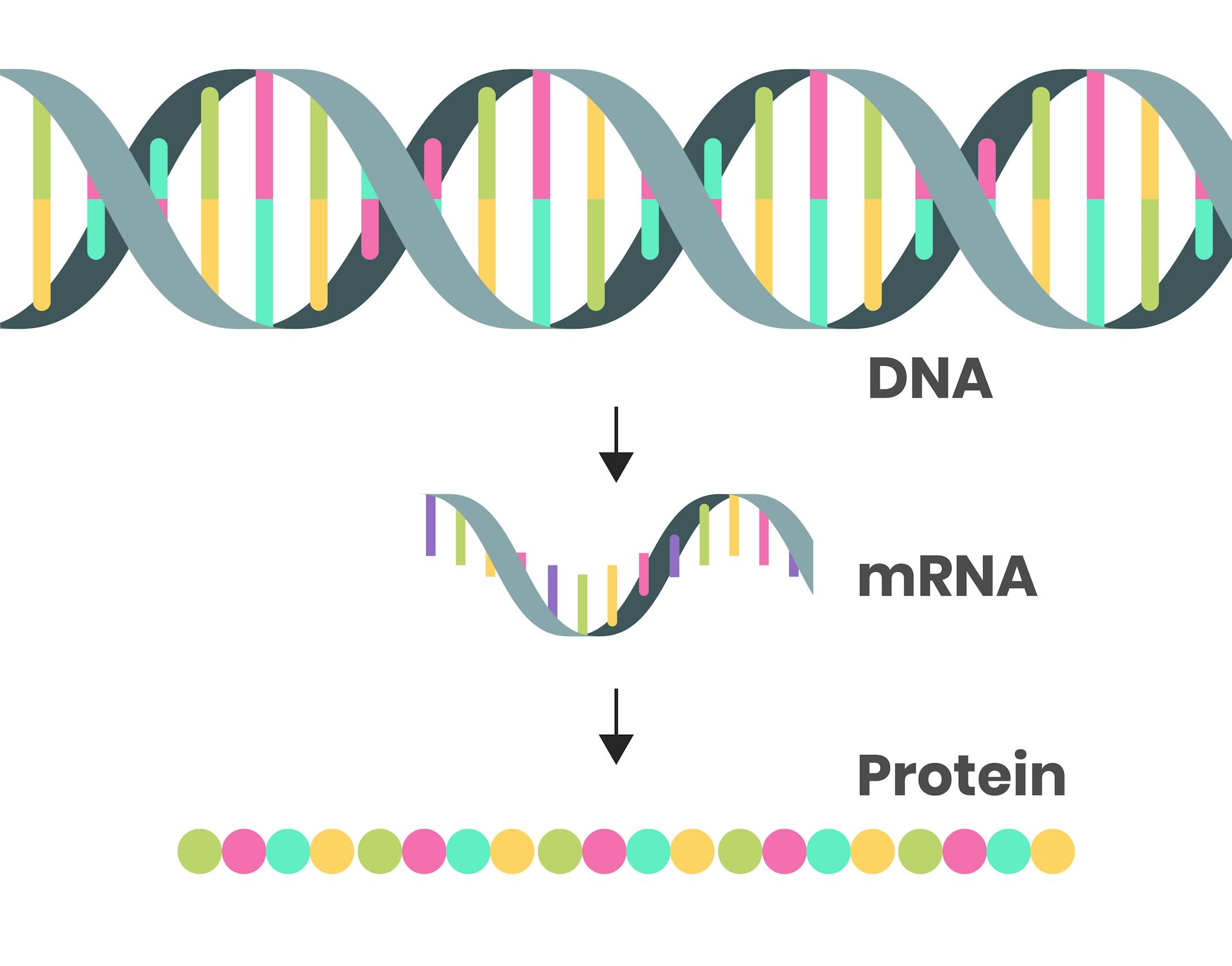

© 2008 Nature Education, RNA Splicing: Introns, Exons and Spliceosome By: Suzanne Clancy, Ph.D. Homework Sheets 1_4/ 1_4A (Sources: DNA Transcription By: Suzanne Clancy, Ph.D. Codon recognition of incoming tRNA, peptide bond formation and exit of tRNA from the ribosome as polypeptide is formed.
In messenger rna each codon specifies a particular code#
Triplet codons on mRNA and anticodons translate the genetic code into a sequence of amino acids. TRNA folds due to base pairing to form a triplet anticodon site and an attachment site for a specific amino acid. (d) Translation of mRNA into a polypeptide by tRNA at the ribosome. The exons are coding regions and are joined together to form mature transcript. The introns of the primary transcript of mRNA are non-coding and are removed in RNA splicing. These differences are exploited by antibiotics, which are designed to inhibit the prokaryotic ribosomes of infectious bacteria without affecting eukaryotic ribosomes, thereby not interfering with the cells of the sick host.(c) Transcription of DNA into primary and mature RNA transcripts to include the role of RNA polymerase and complementary base pairing.

In fact, rRNA is sometimes called a ribozyme or catalytic RNA to reflect this function.Įukaryotic and prokaryotic ribosomes are different from each other as a result of divergent evolution. Within the ribosome, the rRNA molecules direct the catalytic steps of protein synthesis - the stitching together of amino acids to make a protein molecule. The remaining mass consists of a number of proteins - nearly 60 in prokaryotic cells and over 80 in eukaryotic cells. Although only a few rRNA molecules are present in each ribosome, these molecules make up about half of the ribosomal mass. In eukaryotes (but not in prokaryotes), some of the ribosomes are attached to internal membranes, where they synthesize the proteins that will later reside in those membranes, or are destined for secretion (Figure 6). Sometimes, ribosomes are visible as clusters, called polyribosomes. Ribosomes are complexes of rRNA molecules and proteins, and they can be observed in electron micrographs of cells. For example, rapidly growing cells usually have a large number of ribosomes (Figure 5). Cells have many ribosomes, and the exact number depends on how active a particular cell is in synthesizing proteins. Ribosomes are the sites in a cell in which protein synthesis takes place. Therefore, the transcriptome functions as a kind of catalog of all of the genes that are being expressed in a cell at a particular point in time.Ĭourtesy of Dr. Even though bone cells carry the gene for insulin, this gene is not transcribed. For instance, the insulin-producing cells of the pancreas contain transcripts for insulin, but bone cells do not. Whereas each cell in a multicellular organism carries the same DNA or genome, its transcriptome varies widely according to cell type and function. In eukaryotes, transcripts for structural proteins may remain intact for over ten hours, whereas transcripts for signaling proteins may be degraded in less than ten minutes.Ĭells can be characterized by the spectrum of mRNA molecules present within them this spectrum is called the transcriptome.

mRNAs also vary in how long-lived they are. Other mRNAs are quite rare, with perhaps only a single copy present, as is sometimes the case for transcripts that encode signaling proteins.

Some mRNA molecules are abundant, numbering in the hundreds or thousands, as is often true of transcripts encoding structural proteins. MRNA is the most variable class of RNA, and there are literally thousands of different mRNA molecules present in a cell at any given time. Other types of RNA also exist but are not as well understood, although they appear to play regulatory roles in gene expression and also be involved in protection against invading viruses. In eukaryotic cells, each class of RNA has its own polymerase, whereas in prokaryotic cells, a single RNA polymerase synthesizes the different class of RNA. Messenger RNA (mRNA) molecules carry the coding sequences for protein synthesis and are called transcripts ribosomal RNA (rRNA) molecules form the core of a cell's ribosomes (the structures in which protein synthesis takes place) and transfer RNA (tRNA) molecules carry amino acids to the ribosomes during protein synthesis. Three general classes of RNA molecules are involved in expressing the genes encoded within a cell's DNA. © 2009 Nature Education All rights reserved.


 0 kommentar(er)
0 kommentar(er)
